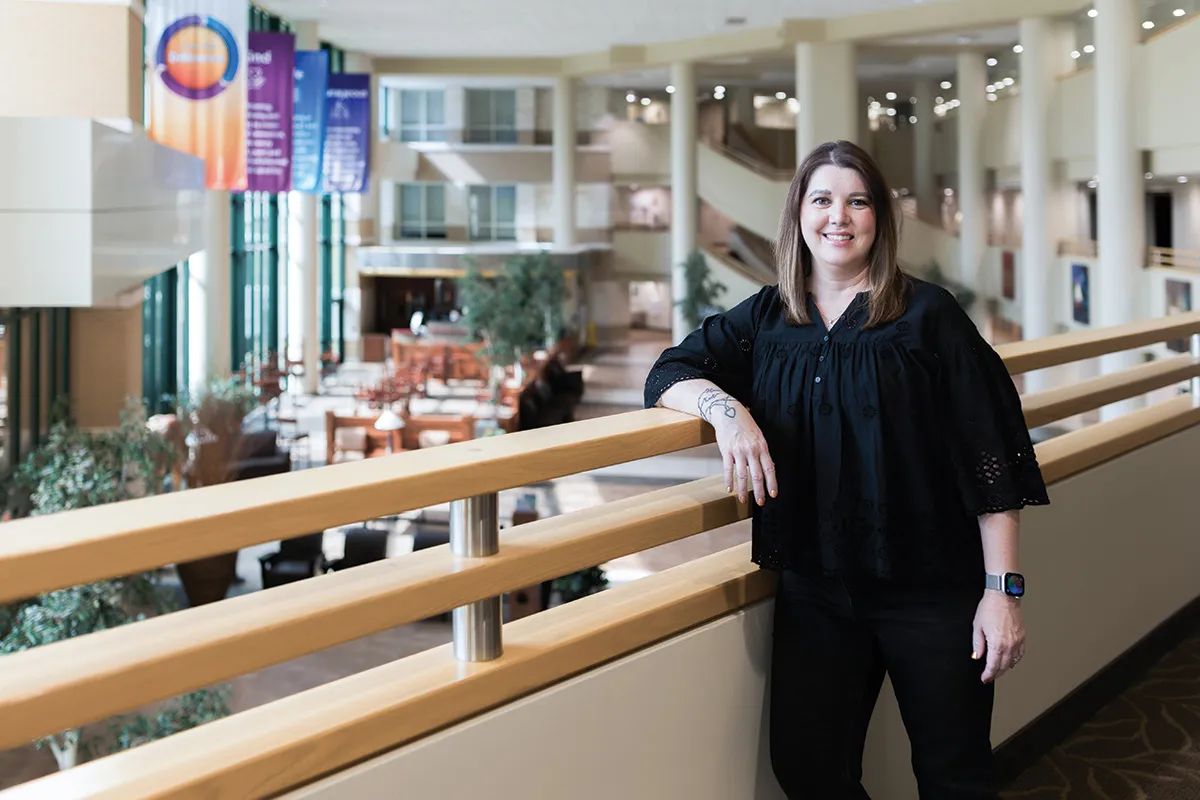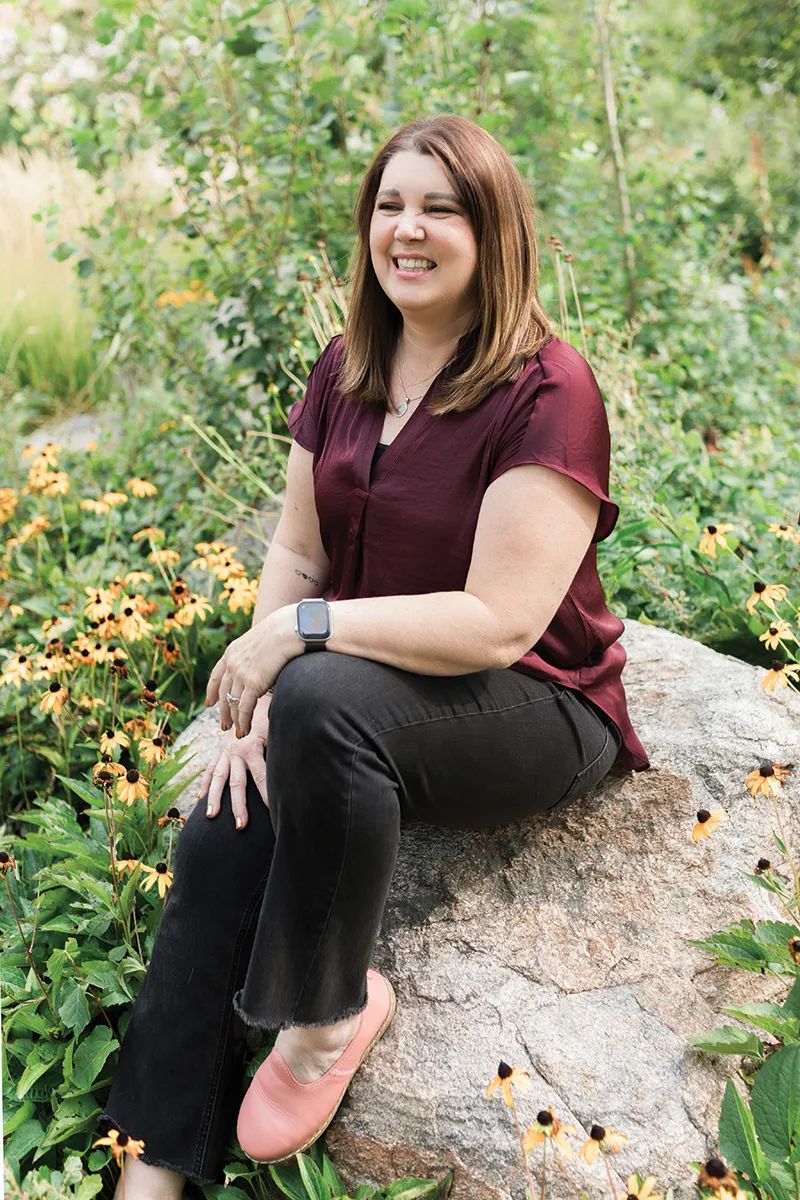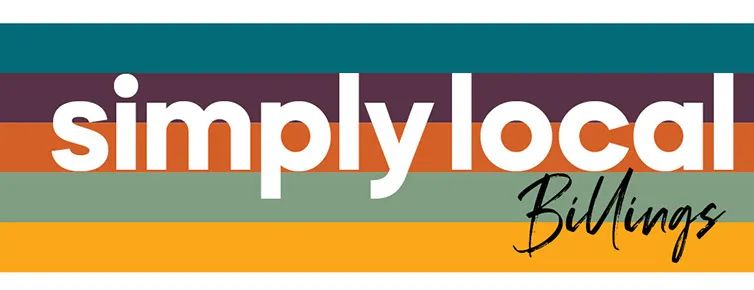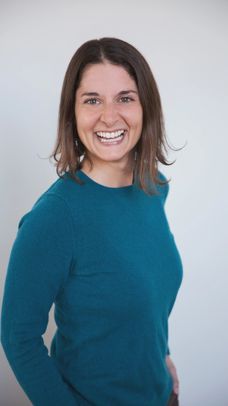
Shanna Herrick's Journey of Strength & Survival
October 2025
article by Maria Weidich | photos by Littles+Bigs Photography
“Giving yourself grace and taking the time you need, both physically and mentally, to recover is so important. You may not be where you wish you were physically, but love yourself no matter what.”
-SHANNA HERRICK
At age 45, Shanna Herrick wasn’t shocked when the word cancer entered her life. She had seen it before when her mother fought her own valiant breast cancer battle in her early forties. For years, Shanna’s mammograms had been clear, but in 2020, an MRI finally revealed what she had long prepared herself for.
Still, Shanna never froze with uncertainty. “I had made up my mind when I went through [my mother’s] treatment, that if it happened to me, I would do all the things.” She knew what to do, and with a plan and steadfast determination, she committed to doing everything within her power to navigate treatment and emerge on the other side.
FINDING STRENGTH IN COURAGE AND CARE
Without questioning, Shanna immediately underwent a double mastectomy. “I said, take these babies away,” she laughed. Once recovered, she began four courageous rounds of chemotherapy followed by three weeks of radiation.
Shanna’s husband and children, then in 2nd and 7th grade, were her anchor. “This was all during early COVID,” she explained. “I didn’t get to see a lot of my family, which made it hard. But my immediate family and local friends were amazing through it all.”
When her husband wasn’t able to accompany her to a chemotherapy treatment, a friend stepped right up. “I didn’t need it, but she just said, ‘I’m coming’. It was little things like that that were not expected yet so appreciated.”
THE RIGHT CARE AT THE RIGHT TIME
Fortunately, Shanna’s diagnosis coincided with the expansion of Billings Clinic’s Reger Family Center for Breast Health, which had just introduced a High-Risk Breast Clinic. Designed for patients like Shanna with an elevated risk of developing breast cancer, the Clinic brings together a multidisciplinary team to create a personalized risk- management plan. Access to the High-Risk Breast Clinic offered Shanna both guidance and reassurance at a critical time.
Dr. Tara Bowman Seitz, a board-certified Radiologist at Billings Clinic, quickly recognized the need for a dedicated High-Risk Breast Clinic and became one of its strongest advocates. “It was eye-opening to see how many patients were being seen there from the start,” she recalled. Thanks to the continued support of the Reger family, a beautiful and dedicated space adjacent to the Breast Center has allowed Dr. Bowman and her team to reach more patients through early detection.
“It’s so important if you have a history to take advantage of all the things,” Shanna added. “If the doctor refers you to the High-Risk Clinic, do it. Had I not been in the High-Risk Breast Clinic, who knows how long it would have been until I found the cancer? I felt like it saved my life.”
WHY HIGH-RISK CARE MATTERS
Several variables determine a patient's candidacy for the High- Risk Breast Clinic, Dr. Bowman explained. “The risk assessment is a detailed calculation based on personal health history, including age, family history, reproductive history, and overall physical health.”
In addition to having a strong family history of breast cancer like Shanna, patients should also be evaluated at the High-Risk Breast Clinic if they or a family member have the BRCA1 or BRCA2 genes, have dense breast tissue plus a history of breast cancer, have had radiation to the chest or have a family history of pancreatic, ovarian, or multiple types of cancer.
The High-Risk Breast Clinic goes beyond imaging, Dr. Bowman emphasized. “There’s a lot more that can be done to support the patient.” Once admitted, a dedicated team, including a Nurse Practitioner and a Nurse Navigator, serves as a one-stop hub, helping patients coordinate care with genetic counselors, registered dietitians, surgeons, social
workers, and other specialists.
Shanna admits that during the time of diagnosis and treatment, everything moved so fast. “But after, I found a nutritionist, got some genetic testing done, and overall it was very helpful to have it all in one place.”
FINDING GRACE IN THE HARDEST TIMES
For Shanna, the time between diagnosis and treatment moved swiftly. “You don’t really have time to process it,” she recalled. “It was over a year before I could finally say the words, ‘I’m a cancer survivor.” Shanna also notes the challenges faced by caregivers, too. “I know my husband felt bad because he couldn’t do much, but just let your loved one know that you’re there,” she advised. “They may not understand how you’re feeling or how sick you feel, but having empathy and giving them the space they need to go through it all, that’s huge.”
While her daily perspective hasn’t drastically changed since her diagnosis, Shanna attests she’s still just as committed to being a mom to her children, now in 8th and 12th grade. “I wish I was one of those people that now runs marathons!” she laughed. “I’m still raising my kids and dedicated to being a mom.”
A SURVIVOR’S STRENGTH, A DOCTOR’S MISSION
As October marks Breast Cancer Awareness Month, Shanna and Dr. Bowman both emphasize the same message: early detection, compassionate care, and hope are all powerful tools in the fight against breast cancer.
“Interestingly, breast cancer rates are on the rise, but outcomes are better,” Dr. Bowman said, thanks to earlier detection and better treatments. “The earlier we find the cancer, the better the survival rates. The earlier, the more treatable, and the longer the patient is going to live. Early detection truly saves lives. There is hope for everybody.”
Shanna’s resilience and Dr. Bowman’s commitment reflect two sides of the same fight: one deeply personal and the other deeply professional. Together, they remind us why Breast Cancer Awareness Month matters. Not only is it a time to honor survivors, but also to highlight the importance of early detection, innovative care, and compassionate support. For women and families everywhere, their shared message is clear: there is strength in facing breast cancer, there is power in awareness, and there is hope for the future.
As Shanna reminds those walking their own path, “You’re stronger than you think you are. You’ve got this.”

Annual mammograms are the best way to detect breast cancer early, when treatment is most effective. Women at average risk for breast cancer are recommended to begin routine screening at age 40. For those at higher risk, screening may start earlier than 40, as recommended by a doctor.
INTERMOUNTAIN HEALTH
MOBILE MAMMOGRAPHY UNIT
Intermountain Health offers mobile screening services, making annual mammograms more convenient than ever.
CALL (406) 510-2870 TO SCHEDULE AN APPOINTMENT.
BILLINGS CLINIC
REGER FAMILY CENTER FOR BREAST HEALTH
Offering mammogram screenings in Billings, as well as at its Bozeman, Columbus, Miles City, Townsend, Red Lodge, and Cody campuses, too.
CALL (406) 321-6226 TO SCHEDULE AN APPOINTMENT.
Originally printed in the October 2025 issue of Simply Local Magazine
Never miss an issue, check out SLM's digital editions here!





